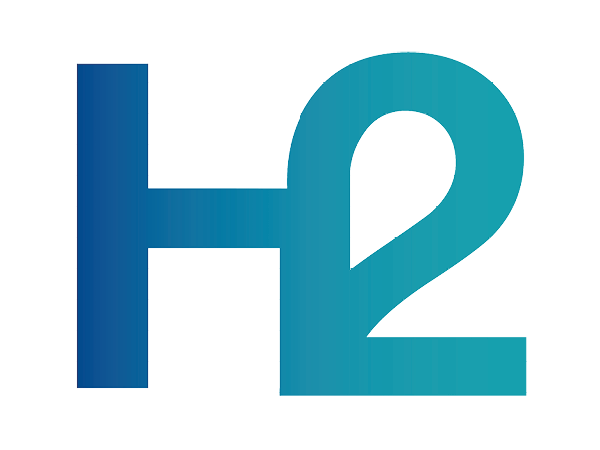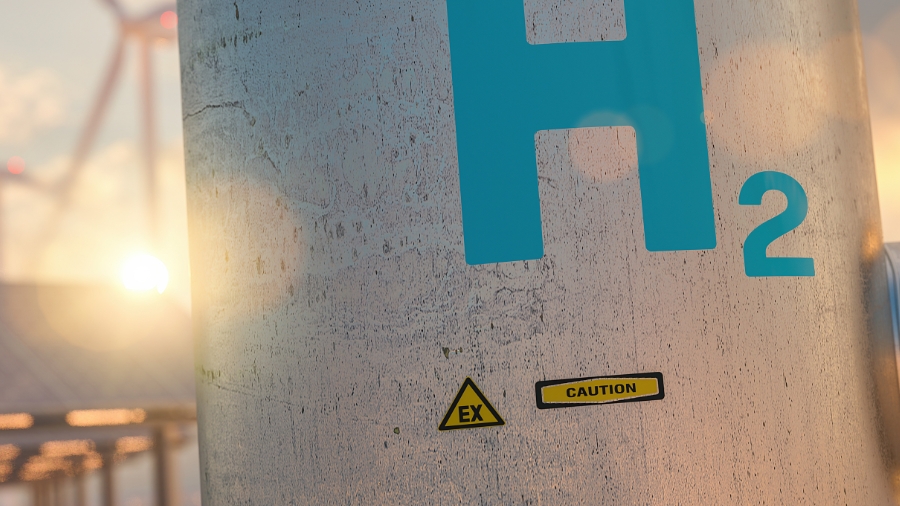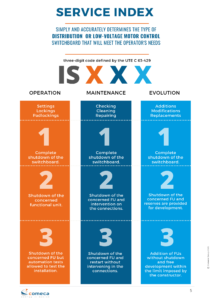In the hydrogen production industry, the safety and availability of equipment are essential. The Service Index (SI) is a reference, defined by the UTE C 63-429 guide, which allows to characterize a LV switchboard according to the user’s needs in terms of operation, maintenance and evolution. In this article, we will explain in detail what an SI is for switchboards and why it is important to choose the right level of SI for your Hydrogen production installation.
What are Service Indexes for Electrical Switchboards?
The Service Indices (SI) are three-digit codes defined by the UTE C 63-429 guide used to determine the type of low-voltage (LV) switchboard that best meets the requirements of the installation and the customer.
They allow each user or specifier to know the requirements that the LV electrical switchboard must meet in terms of operation, maintenance and evolution. The purpose of the SIs is to qualify the level of service provided by the LV switchboard and to manage all types of interventions at the different stages of its life cycle.
There are three good reasons for specifying a Service Index (SI) for an LV switchboard:
- Each SI corresponds to a functional unit (FU) design of the switchboard, which can be a fixed, disconnectable or withdrawable unit.
- Each functional unit of the switchboard corresponds to a techno-economic requirement, a level of qualification of the maintenance personnel and a maximum level and time of intervention in case of failure or modification of the installations.
- The choice of a high SI implies a precise design in terms of service continuity and operational safety of the switchboard.
The different levels of Service Index
The different levels of Service Indexes (SI) are used to determine the functionality of the switchboard in the event of subsequent operations, maintenance or evolution.
- During the operating phase, the SI determines the consequences of a mechanical locking or electrical consignment operation of the switchboard in view of an intervention on the installation.
- During the maintenance phase, the SI determines the suitability of the switchboard to meet a maintenance requirement.
- During the evolution phase, the SI determines the suitability of the switchboard to respond to a future evolution.
There are several SI levels, ranging from SI111 to SI333. Each SI level corresponds to a level of design of functional units in the LV switchboard as well as a level of suitability to meet the requirements of different phases of the switchboard life cycle.
The highest SI levels (SI333 and SI 233) provide the highest levels of service continuity and safety, including the ability to add new equipment without disconnecting power to the system.
The SI333 level is often used in situations where it is crucial to maintain a constant power supply, for example in data centres or in continuous flow or critical production facilities for commodities such as electricity. This service index is also often used in safety-critical facilities, such as airport control centres.
Why is it important to choose the right Service Index level for your Hydrogen production facility?
It is important to choose the right level of service index for your hydrogen production facility to ensure the safety of your personnel and the continuity of your production. An inadequate SI level could result in operational downtime which can impact on the performance of the production facility.
Reliability
A high SI level LV switchboard guarantees the continuity of hydrogen production. If the LV switchboard is of low SI level, in case of failure or maintenance it has to be shut down, which can lead to production interruptions and significant financial losses.
Lifetime
A high SI level LV switchboard makes it easier to retrofit the functional unit and thus extend its life and manage obsolescence.
Maintenance
Depending on whether or not it is necessary to keep the installation energised during maintenance or servicing, the correct mobility and/or service index must be chosen.
For example, when the installation is fixed (FFF or SI111), it is necessary to cut the power to the whole switchboard in order to carry out a service. This means that all the motors are out of service for the duration of the intervention, which can be detrimental.
A withdrawable solution (WWW or SI333) allows to carry out interventions in full safety on a single module. This means that only one motor is out of service for the duration of the intervention, allowing the others to continue operating. Intermediate service or mobility indices can also offer technical and economic solutions adapted to each case.
In summary, Service Indexes are an essential guide to designing an LV switchboard that is capable of meeting the need for continuity of service throughout its life cycle. By opting for LV switchboards with a high SI, you can be sure that your equipment is capable of guaranteeing the continuity of service of your hydrogen production even during a failure or maintenance.


